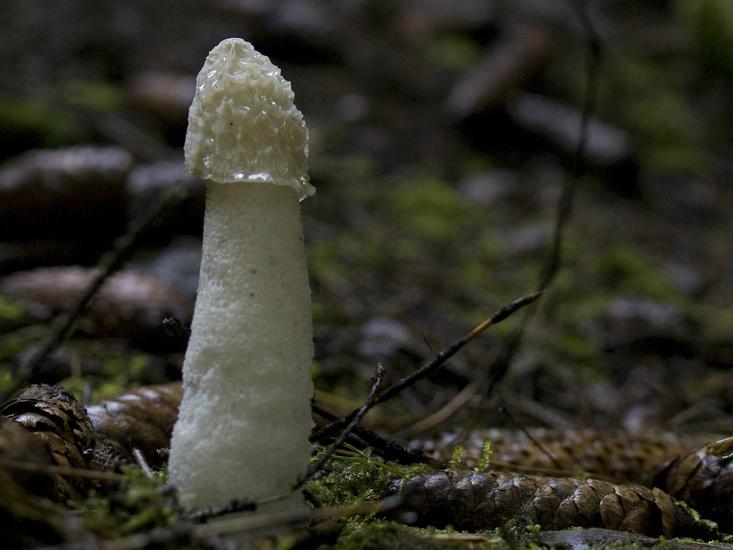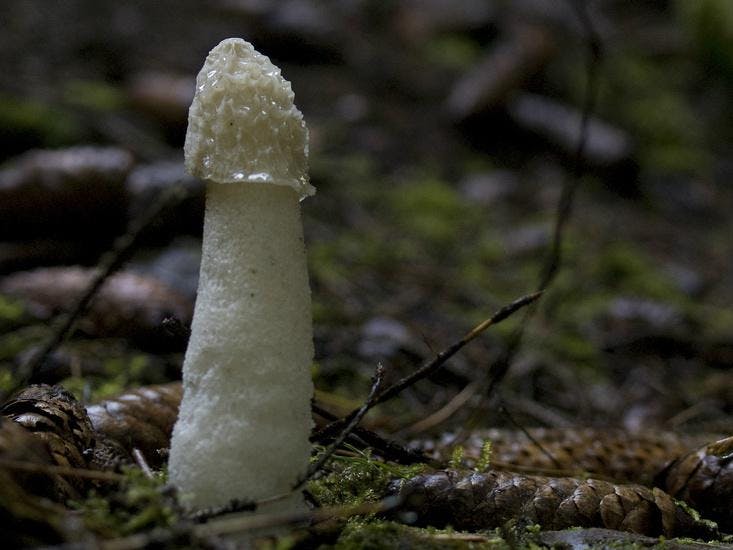
To us humans, the scent of a rotting corpse is universally abhorrent, the very definition of disgusting. But as strong as that reaction is, many other animals don’t share our unalloyed revulsion. Goldfish are attracted to the smell. Bengal tigers include it in the cocktail of chemicals used to mark their territory. When a rat catches the smell of death on another of its kind, it will bury the stinky rat—even if it’s not actually dead. Many flies are drawn to the smell of death and deposit their eggs at its source. A type of fungus called stinkhorn uses the scent to lure in flies that pick up the stinkhorn’s spores and carry them far away, a noxious reversal of plants’ use of sweet-smelling nectar.
All of these varied behaviors are in response to the same two chemicals, the evocatively named cadaverine and putrescine, which are formed by the breakdown of proteins in the body of a decaying corpse. Animals’ different reactions are clear signs that they process the chemicals differently, but until the release of a study earlier this month, no one had shown how that processing happens.
The new research focused on zebrafish, an animal often used to study the sense of smell in vertebrates. Despite their evolutionary distance from humans, zebrafish have a similar reaction to cadaverine: They get the heck away. (Presumably this reflects an evolutionary drive in both species to avoid the infectious microbes that congregate in dead bodies.) Researchers from Harvard University and the German Institut für Genetik found a receptor in the olfactory neurons of zebrafish that responds specifically to cadaverine—what science writer Elizabeth Preston calls “a rotten-smell button in the brain.”
What’s perhaps most interesting about the cadaverine receptor is that it is a TAAR, a class of sensors that seems to be important for many animals’ perceptions of disgust, including ours. (See the related Facts So Romantic post, “Misdeeds & Disease: How Similar are Disgust & Moral Disgust?”) One TAAR is responsible for mice’s aversion to the smell of predator pee, while one in our own noses “helps” us smell rotting fish, bad breath, and the odor of bacterially infected vagina. The researchers behind the new study say humans probably don’t have the same receptor as the one in zebrafish, but rather a similar one.
As researchers find more matches between the TAARs and the specific molecules they bind, we should get a better understanding of why some smells revolt us so, and why other animals experience them so differently.
Amos Zeeberg is Nautilus’ digital editor.



